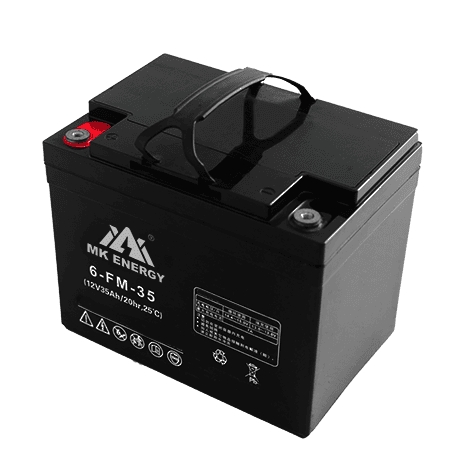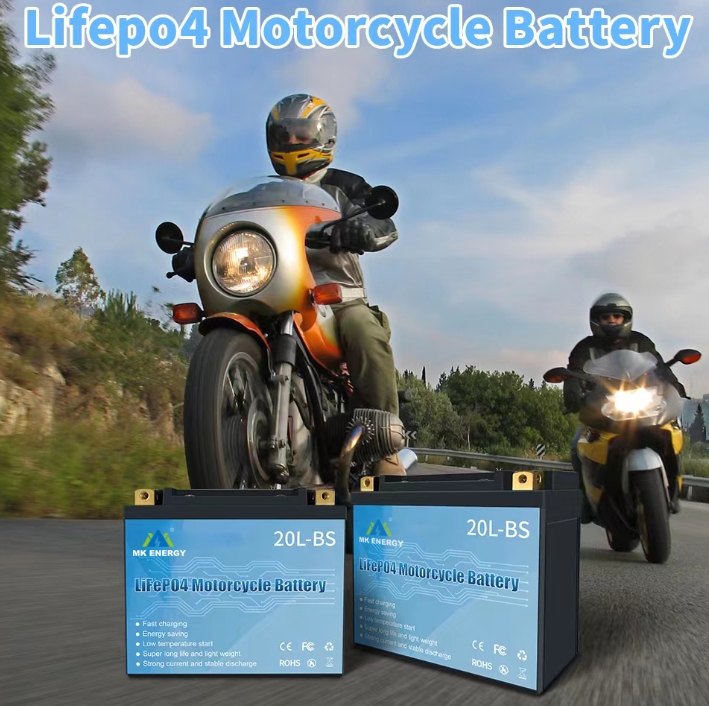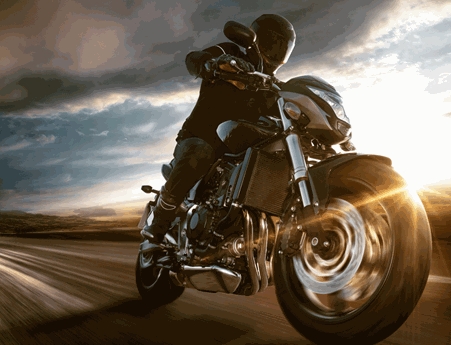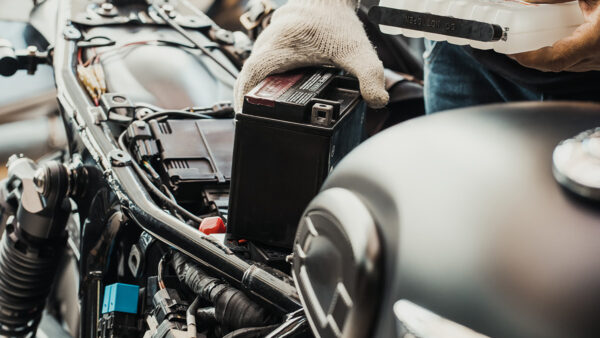Choosing the correct battery is paramount for maintaining your motorcycle’s performance and reliability. The motorcycle battery is the heart of a bicycle’s electrical system, providing the power needed to start the engine and operate essential components such as lights and accessories. In this buying guide, we’ll explore the key considerations when choosing a motorcycle battery that meets your needs.
Battery Types: Explore different motorcycle battery options
There are several types to consider, each with its characteristics and advantages. The most common types include lead-acid, lithium-ion, and NiMH batteries. Lead-acid batteries are known for their affordability and reliability. They are generally larger and heavier than other types of batteries but can provide a stable power supply to motorcycles. Lithium-ion batteries, on the other hand, are lighter and more compact than lead-acid batteries. They offer higher energy density, which means they can store more energy in a smaller space. This makes them ideal for motorcycles where space and weight are critical. Additionally, lithium-ion batteries tend to have a longer lifespan and can withstand more charge and discharge cycles than lead-acid batteries.
Ensure motorcycle battery compatibility
You must also ensure compatibility between the battery and the motorcycle when purchasing. First, consider the battery’s physical size, which should fit snugly into the battery box without any modifications. Check the dimensions and terminal locations to match the motorcycle’s battery tray and terminal configuration. Second, evaluate the battery’s electrical specifications. Match the battery’s voltage and capacity to the motorcycle’s electrical system requirements. Using one with the wrong voltage or capacity can cause electrical problems and possibly damage your bike’s components. Also, consider the battery’s cold cranking amps (CCA) rating, especially when riding in cold climates. CCA represents the battery’s ability to start a motorcycle in cold weather. Choose a CCA-rated battery suitable for your climate to ensure reliable starting performance.
Cold Cranking Current (CCA) of Motorcycle Batteries
Cold-cranking amps (CCA) are essential when buying a motorcycle battery, especially when riding in cold weather conditions. During a chilly start, the engine oil thickens, and resistance in internal components increases, making it harder for the starter motor to turn the engine. Batteries with higher CCA ratings can provide more power to overcome these challenges, ensuring reliable starting performance even in cold weather. The motorcycle’s engine size and starting requirements must be considered when evaluating a CCA. Larger engines generally require more power to start, so it is recommended that a battery with a higher CCA rating be chosen for such bikes. Conversely, a smaller engine may not require as much power, so that you may select a battery with a lower CCA rating.
Motorcycle battery reserve capacity
Reserve capacity is crucial when choosing a motorcycle battery because it determines its ability to provide power for an extended period. The motorcycle’s electrical requirements and usage patterns must be considered when evaluating reserve capacity. Accessories such as heated grips, auxiliary lights, or GPS devices can increase the electrical load on a battery, thereby reducing its available reserve capacity. Additionally, long rides or frequent stops may limit the battery’s ability to charge, highlighting the importance of fully reserved capacity. Battery chemistry and structure play an important role in determining reserve capacity. For example, lithium-ion batteries typically have higher energy density and can provide more reserve capacity than similarly sized traditional lead-acid batteries.
Consider the ease of maintenance
When purchasing motorcycle batteries, you also need to consider their maintenance requirements. Different battery types have various maintenance requirements. Considering these factors can help you choose the correct battery for your motorcycle. For example, lead-acid batteries require regular maintenance, including checking the electrolyte level, filling with distilled water, and cleaning the terminals to prevent corrosion, among other things. In contrast, lithium-ion batteries generally require minimal maintenance because they are sealed and maintenance-free. However, they may require specific charging procedures and should not be overcharged or exposed to extreme temperatures.
When choosing a motorcycle battery, consider your willingness and ability to perform regular maintenance tasks. Lithium-ion batteries may be the best choice if you prefer a low-maintenance option. However, lead-acid batteries may be suitable if you don’t mind occasional maintenance and want a more affordable option.
Make the right choice for your purchase
When purchasing a motorcycle battery, you need to consider battery type, compatibility, CCA rating, reserve capacity, and maintenance requirements. Invest time and effort in researching and comparing different battery options to make a decision that meets your specific needs and get the best battery for you.




